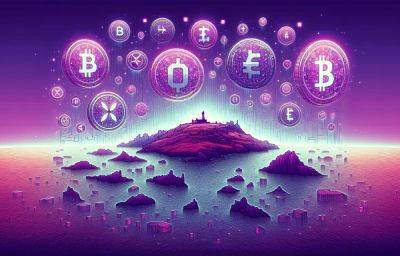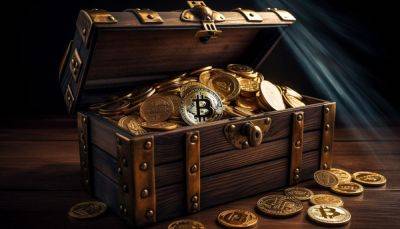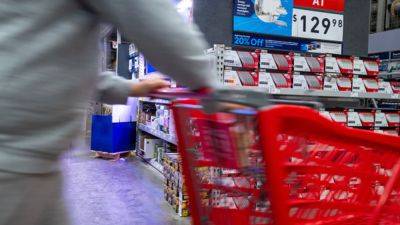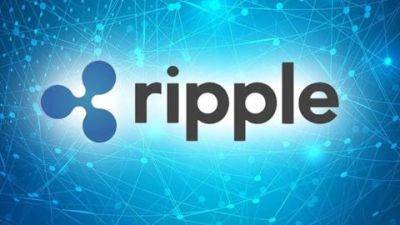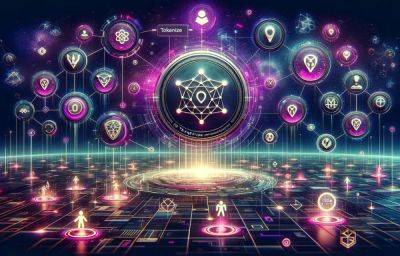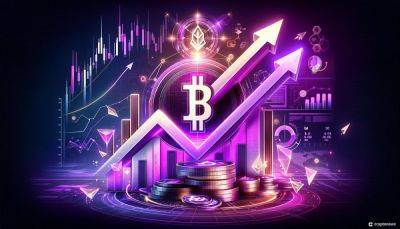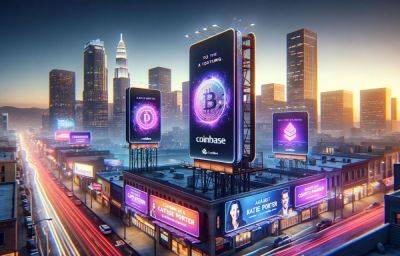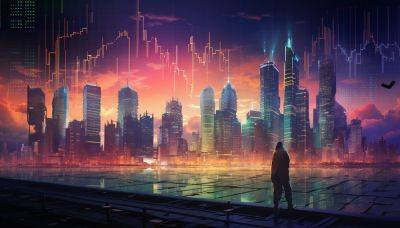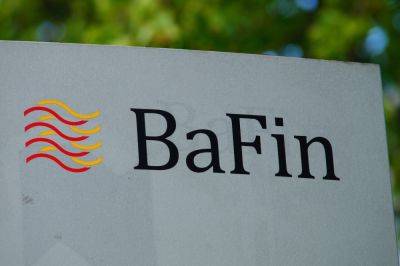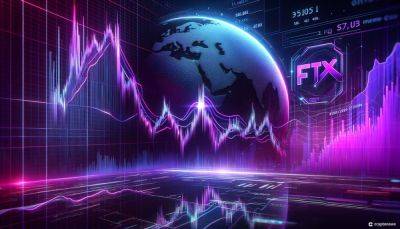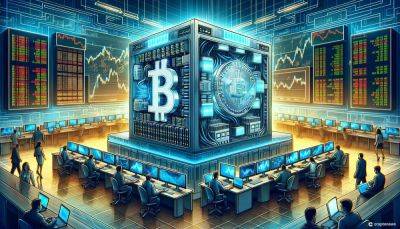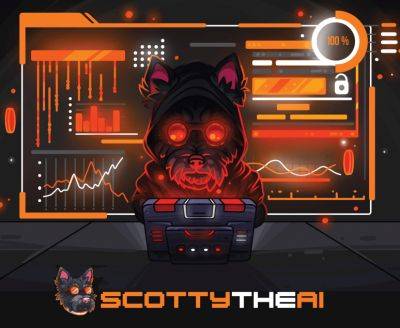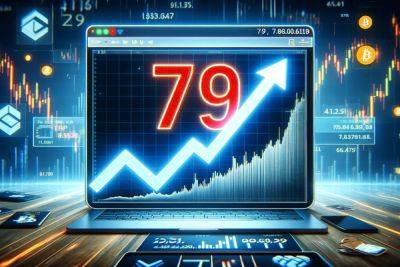Why that ‘last mile’ of the inflation fight may be more challenging
Inflation in the U.S. economy is on the retreat. But the road to ultimate victory may be harder than what's come already, some economists argue.
«The so-called last mile is going to get a lot trickier,» Mohamed El-Erian, chief economic advisor at Allianz and president of Queens' College at the University of Cambridge, recently told CNBC.
«We're not going to have the tailwinds that we had, and we're going to have some headwinds,» he said.
Inflation measures how fast prices are rising for goods and services — anything from concert tickets and haircuts to groceries and furniture. Policymakers aim for a roughly 2% annual inflation target.
The consumer price index — a key inflation barometer — has fallen gradually from a 9.1% pandemic-era peak in June 2022 to 3.4% in December 2023, within striking distance of the target.
This final disinflationary hurdle will be a challenge without curtailing economic growth and risking recession, a dynamic that would likely crimp consumer demand and rein in prices, economists said.
«One theme is clear — the transition from 8-4% inflation is easier than the transition from 4-2% inflation,» Gargi Chaudhuri, head of iShares investment strategy for the Americas at BlackRock, wrote about the recent CPI report.
This difficulty with reducing inflation is largely centered on the «services» side of the economy, according to economists. Think of services as things we can experience, like rent, auto repairs, haircuts, veterinary visits, theater tickets and medical care.
Goods, on the other hand, are tangible things like cars and clothes. They account for 21% of the consumer price index (after stripping out items in the food and energy categories).
More from Personal Finance:
Why egg prices are on the

 cnbc.com
cnbc.com

